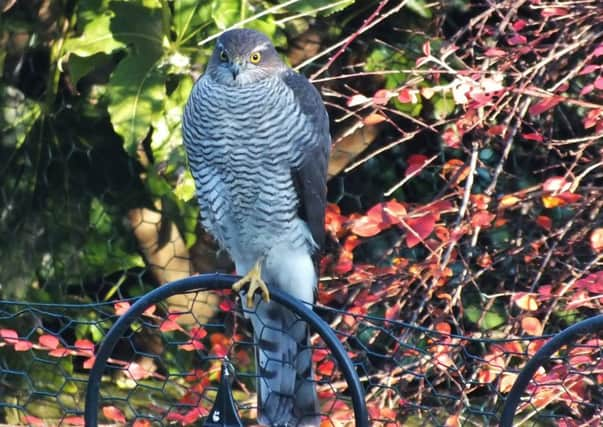Wild Side: Snippets of winter wildlife


However, back to the more urban environment of inner city Sheffield and, Roger Hoole chipped in with this observation: ‘Hi Ian, I walked along the River Don yesterday with a friend, and we saw a kingfisher, a heron, three goosanders, several white geese as well as Canada geese and also mallard and numerous gulls. Probably none of this should be a surprise but we were very pleased with the amount of wildlife on what was a very clean looking river’. I am not surprised, but it is interesting and indeed exciting how our urban watercourses have transformed in recent decades. Nevertheless, I think the most amazing record came from Chris Dinsdale out on the Peak District moors. He wrote, ‘I thought you might be interested in a sighting of a male snow bunting on Totley Moss earlier today - a first for me. The bird looked fairly exhausted and could barely summon up the energy to flutter away. Unfortunately, my i-phone pictures are rather poor’. The images were enough to confirm the identification of a male snow bunting, a relative of the chaffinch and the yellowhammer but which breeds further north than any other known land bird; though we have a small breeding population in the Scottish Cairngorms.
The British population is boosted by winter visitors especially along the east coast, but also passing over the peak. The male birds return to the high Arctic breeding grounds early in April each year – with temperatures down to minus thirty degrees centigrade. Before they leave our winter shores they need to gain at least 30% in body mass to survive both the migration and the conditions when they arrive home. At this time, snow still covers most of the ground as the males establish breeding territories. The females arrive from the south maybe four to six weeks after the males. If both sexes arrived at once, given the harsh conditions, there might not be enough food to go around. Apparently snow buntings have been described as ‘possibly the most romantic and elusive bird in the British Isles’, so well done Chris.
Advertisement
Hide AdAdvertisement
Hide Adn Professor Ian D. Rotherham, researcher, writer and broadcaster on wildlife and environmental issues, contactable on [email protected] ; follow ‘Ian’s Walk on the Wildside’ blog, www.ukeconet.org